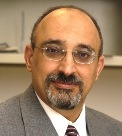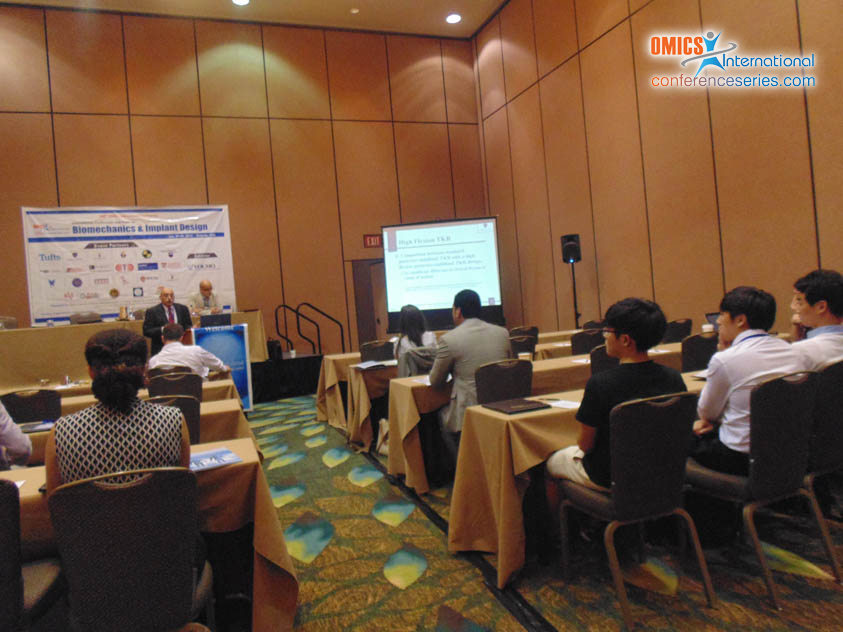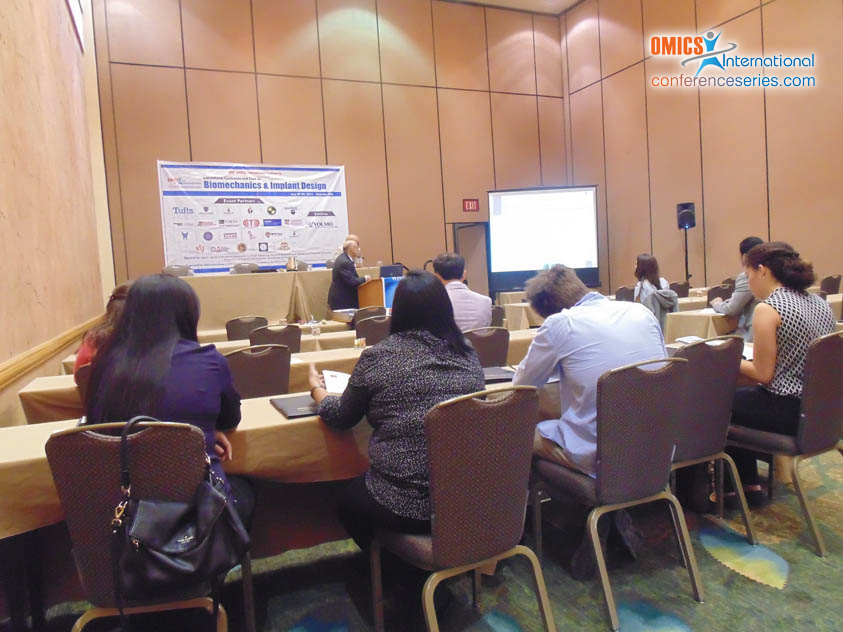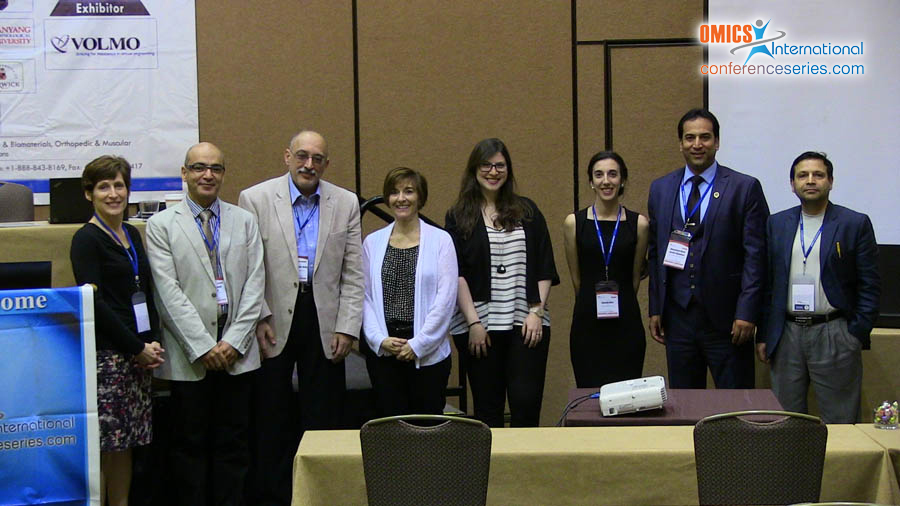
Mohamed Samir Hefzy
University of Toledo, USA
Title: A Biologically Inspired Knee Actuator for a KAFO
Biography
Biography: Mohamed Samir Hefzy
Abstract
A person with quadriceps weakness has limited ability to perform knee extension. A knee-ankle-foot orthosis (KAFO) is a common prescription for such disability. Several types of KAFOs are currently available in the market: passive KAFOs, stance-control KAFOs and dynamic KAFOs. In passive KAFOs, the knee joint is kept locked during standing and walking. However the associated uncomfortable walking gait with high energy consumption makes these devices abandoned by patients. Stance control KAFOs block knee motion for weight bearing and allows free rotation in swing phase. However abnormal gait pattern still exists because of the locked knee joint in the stance phase. Dynamic KAFOs are developed to control both stance and swing phases. But those presently available are inconvenient to use and have complex control systems. This research is directed at using superelastic alloys to develop a biologically inspired dynamic knee actuator that can be mounted on a traditional passive KAFO. The actuator stiffness can match that of a normal knee joint during the walking gait cycle. Two superelastic actuators are used for this purpose. They are activated independently. Each actuator is developed by combining a superelastic rod and a rotary spring in series. When neither actuator is engaged, the knee joint is allowed to rotate freely. The stance actuator works only in the stance phase and the swing actuator is active for the swing phase. The conceptual design of the knee actuator was verified using numerical simulation and a prototype is being developed through additive manufacturing for confirming the concept.






